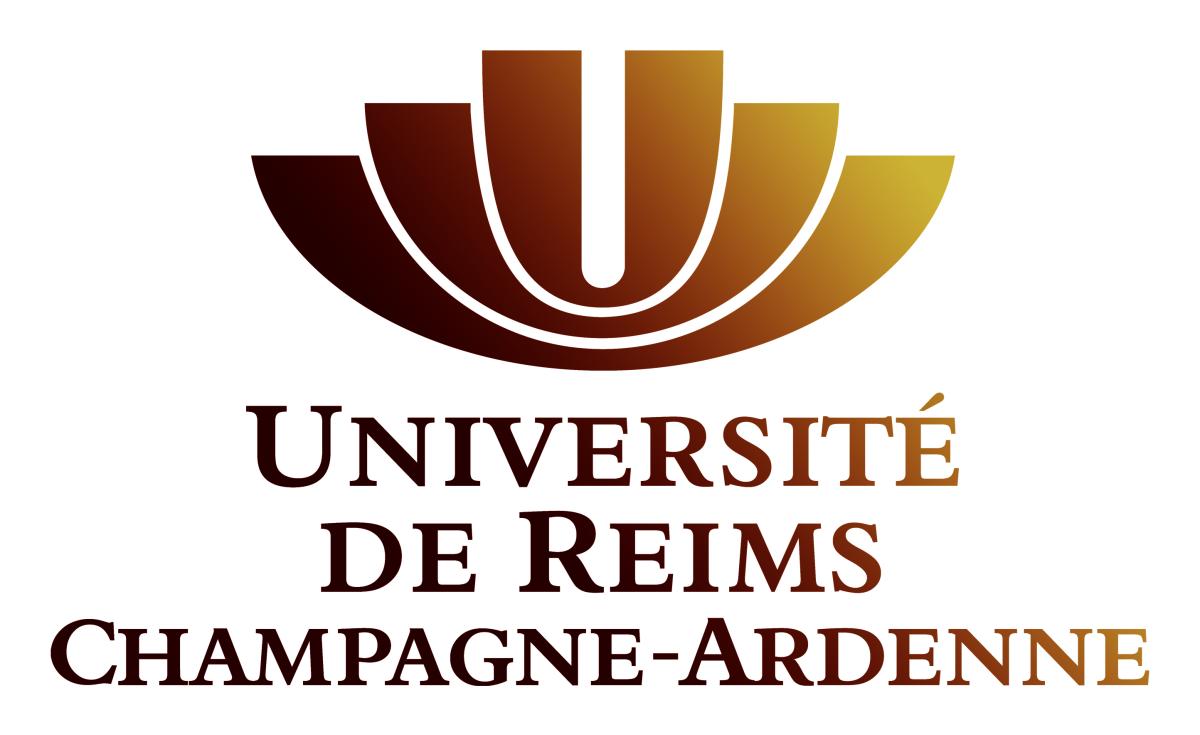
PROMETHEE
Proteomic characterisation of the hemolymphatic compartment of the zebra mussel, Dreissena polymorpha
-

The study of immune system modulation in bivalves appears to be a relevant strategy in environmental risk assessment. Indeed, the immune system of bivalves is known to be sensitive to various environmental and anthropogenic stresses in addition to participate in the elimination of viruses, bacteria and other microorganisms. While cell-mediated immune responses are well defined in zebra mussels, informations available on the associated molecular mechanisms are still relatively scarce. In this context, the aim of the thesis is to acquire a better knowledge of the molecular mechanisms involved in the immunity of Dreissena polymorpha, in order to identify new immunomarkers.
For that purpose, several strategies were applied, using mass spectrometry as the main tool. Firstly, a global proteogenomic analysis was conducted on hemocytes and plasma of D. polymorpha to identify proteins and describe the involvement of both compartments in immune responses. This strategy, combining transcriptomic data with mass spectrometry data was relevant since we established the largest protein repertoire known to date for this sentinel species, with over 3,000 proteins identified. Several proteins involved in the recognition, internalization and elimination of microorganisms were mapped in hemocytes and plasma, highlighting the importance of both compartments in the management of non-self molecules. In a second step, a differential proteomic analysis was carried out on hemolymph samples exposed ex vivo to two biological stresses: a viral stress (RNA poly I:C) and a protozoan stress (Cryptosporidium parvum). Results showed that many proteins involved in the recognition and destruction of microorganisms were modulated under both exposure conditions, while proteins related to phagocytosis and apoptosis process were exclusively modulated exclusively by C. parvum. Other proteins, potentially involved in the antiviral response of D. polymorpha were also modulated exclusively by the RNA poly I:C. Finally, a targeted quantification method, by mass spectrometry in "Multiple Reaction Monitoring" (MRM) mode, was developed in order to accurately quantify immune proteins, selected from previous discovery proteomics results. This MRM method was used to quantify targeted proteins in both hemocytes and plasma following in vivo exposures of zebra mussels to a chemical contaminant (caffeine) associated or not with previous stresses (poly RNA I:C, C. parvum). In addition to validated the involvement of targeted proteins in the response to C. parvum and RNA poly I:C, results highlighted the influence of chemical stress on the response of D. polymorpha exposed to RNA poly I:C or C. parvum. Overall, this work provides a solid basis for understanding the molecular mechanisms involved in D. polymorpha immunity. Results have highlighted proteins that reflect a wide range of immune mechanisms such as the recognition, internalization and destruction of microorganisms. This study paves the way for the identification of new immunomarkers to assess the impact of contaminants on aquatic organisms and ecosystems.
Key words: Zebra mussel, proteomic, hemolymph, immune system, immunomarkers

